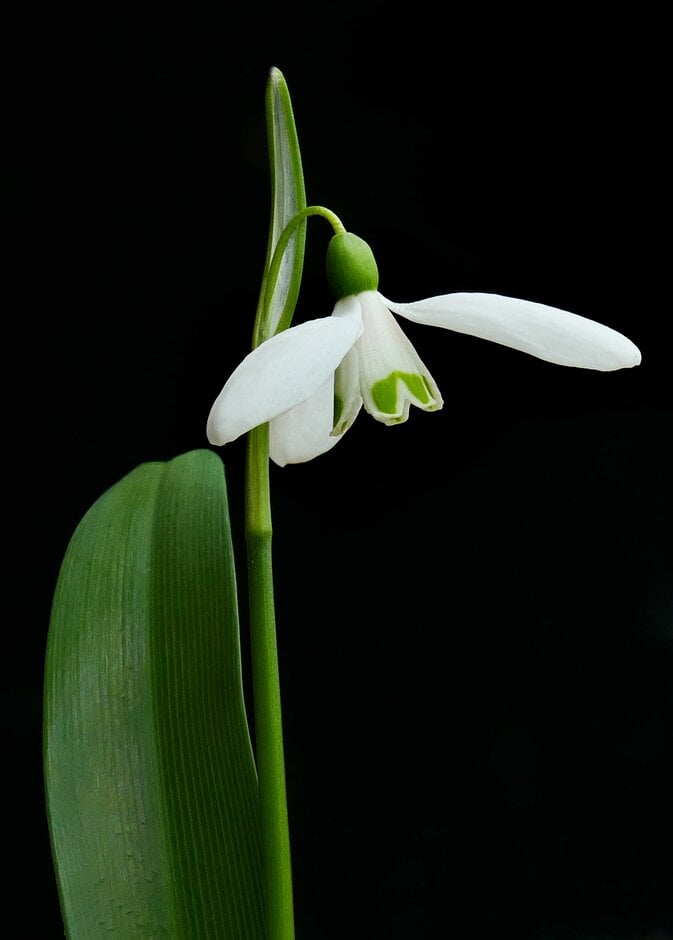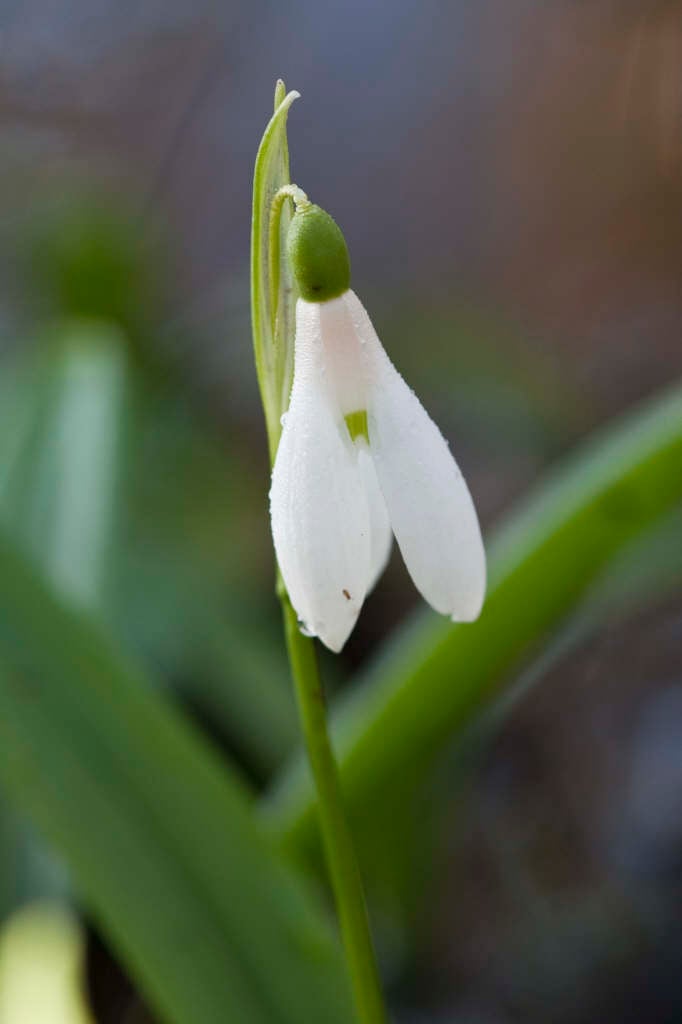Galanthus woronowii
giant snowdrop
A compact bulbous perennial to 15cm tall, with strap-like bright green leaves and nodding white flowers in early spring, with green markings on the inner segments
Synonyms
Galanthus ikariae Woronowii GroupGalanthus ikariae misapplied
see moreGalanthus latifolius misapplied
Size
Ultimate height
0.1–0.5 metresTime to ultimate height
2–5 yearsUltimate spread
0–0.1 metreGrowing conditions
Moisture
Moist but well–drainedpH
Acid, Alkaline, NeutralColour & scent
| Stem | Flower | Foliage | Fruit | |
| Spring | White | Green | ||
|---|---|---|---|---|
| Summer | ||||
| Autumn | ||||
| Winter |
Position
- Partial shade
Aspect
East–facing or South–facing or North–facing or West–facing
Exposure
Exposed or Sheltered Hardiness
H5Botanical details
- Family
- Amaryllidaceae
- Native to GB / Ireland
- No
- Foliage
- Deciduous
- Habit
- Bushy
- Potentially harmful
- Humans/Pets (dogs, cats): Harmful if eaten. Wear gloves and other protective equipment when handling. For further information and contact numbers regarding pets, see the HTA guide to potentially harmful plants
- Genus
Galanthus are dwarf bulbous perennials with linear or strap-shaped leaves, and solitary, often honey-scented, nodding flowers with 3 white outer tepals and 3 smaller inner ones often marked with green
- Name status
Correct
- Plant range
- Turkey to Caucasus
How to grow
Cultivation
Grow in humus-rich, moist but well-drained soil that does not dry out in summer.. This species comes mainly from north- eastern Turkey and eastern Georgia and southern Russia and is often found on chalk, but has a wide range of soils and conditions under which it grows. In the garden it is easy to grow and its leaves are a fresh green, making a change from the glaucous leaves of many other species. See snowdrop cultivation for further information.
Propagation
Propagate by seed, sown in containers in an open frame when ripe or division when foliage dies back. Seed may not come true
Suggested planting locations and garden types
- Patio and container plants
- Rock garden
- City and courtyard gardens
- Cottage and informal garden
- Gravel garden
- Flower borders and beds
- Underplanting of roses and shrubs
Pruning
No pruning required.
Pests
May be susceptible to narcissus bulb fly
Diseases
May be susceptible to snowdrop grey mould
Get involved
The Royal Horticultural Society is the UK’s leading gardening charity. We aim to enrich everyone’s life through plants, and make the UK a greener and more beautiful place.

